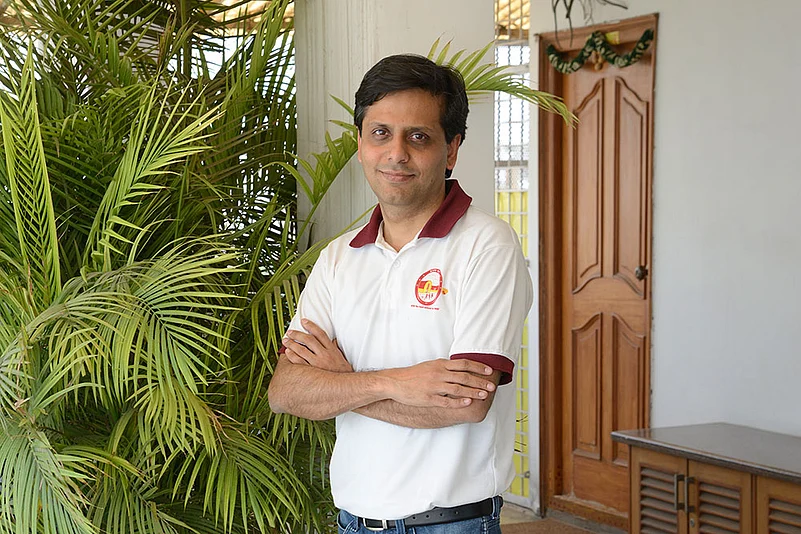My train was supposed to leave at 10.23. I wasn’t sure whether that meant 10:23:00 seconds or at 10:23:59 seconds? We departed at 10:23:15 seconds. While setting one’s watch is no longer necessary, with smart phones synchronising time from mobile networks, setting it to Shinkansen timings is a very credible and accurate alternative. Japanese Railways publishes statistics on Shinkansen punctuality timings every year; in 2012, the average delay was 36 seconds, aggregated over all trains on all routes—poor compared to the 1997 record of 18 seconds.
Comics (manga) are an essential element of Japanese culture. Many Japanese lead a parallel life through various fictional characters in comics, books and video games. Among thousands of Japanese manga characters are some that have become worldwide icons, like Doraemon, Pokemon and Ninja Hattori. Children, several hours of flight-time away, are familiar with Doraemon, the ear-less robotic cat who travelled backwards from the 22nd century to be of assistance to the present-day protagonist, the bumbling schoolboy Nobita.
Such is its influence that Doraemon was appointed as the ambassador for the 2020 Olympics bid, which Tokyo has won the right to host. Doraemon trumped ‘Hello Kitty’ to be firmly established as what his fans call “The No. 1 symbol of Japanese culture worldwide”.
Doraemon has a very important role to play in my life as well. I had to buy Doraemon memorabilia for my son, nephew and niece, but none of the mementoes were made in Japan, neither soft toy nor the stationery or the water bottle. They all came from Japan’s big, westward neighbour, China.
It is indeed hard to find ‘Made in Japan’ stuff in Japan. It seems everything is made in China. And things ‘Made in Japan’ are invariably many times more expensive than their Chinese equivalent.
Japan is the world’s largest geriatric society and there are several villages with 100-year-olds. In a particular village on Okinawa island, the youngest inhabitant is in his seventies. Coming from Okinawa prefecture is KBG84, a grandma music band with an average age of 84. And their music is taking the country by storm.
KBG84 is short for Kohamajima Ba-chan Gasshodan (Kohamajima grandma chorus). It has a strict entry age criteria—the minimum is 80. The women in the group sing, dance and entertain. They have released a single, ‘Come on and Dance, Kohama Island’, and their performances in Tokyo and Osaka have been hits. KBG84 has figured in several documentaries, and one of its members, Tomi Menaka, is quoted as saying, “I wanted to go to Tokyo before I went to heaven.”
There are many Indian restaurants in Tokyo. One of the oldest is Nair’s, named after A.M. Nair, an Indian student in Japan, who left his medical studies and became an activist in India’s freedom struggle after coming in touch with Subhash Chandra Bose. He is said to have become Bose’s valet and translator.
Later, he married a local Japanese girl—he renamed her ‘Janakiamma’—and went on to start an Indian restaurant in the upscale Ginza area. Legend has it that the last person to see Netaji alive was Nair’s driver, Chindan Nair, who drove him to the airport before he took that ill-fated flight, whose abiding mystery is perhaps matched only by that of MH-370.
Nair died in 1990 and now his son runs the restaurant. The staple offering at Nair’s—you guessed it—is curry and Kerala food. Neither food nor the service was anything to write home about. The piece de resistance, though, was a book on Nair, kept at the restaurant, which captured the story of Netaji and Japan’s surrender after the Nagasaki bombing in 1945 in a fascinating, personal account.
I heard a Japanese colleague say, “The biggest obstacle to having children is marriage.” Is that why 30 per cent of eligible Japanese are choosing to stay unmarried, up from five per cent in 1990?
Hyderabad-based Deepak Sapra is a pharmaceutical industry executive
E-mail your diarist: Deepak.sapra [AT] gmail [DOT] com
















